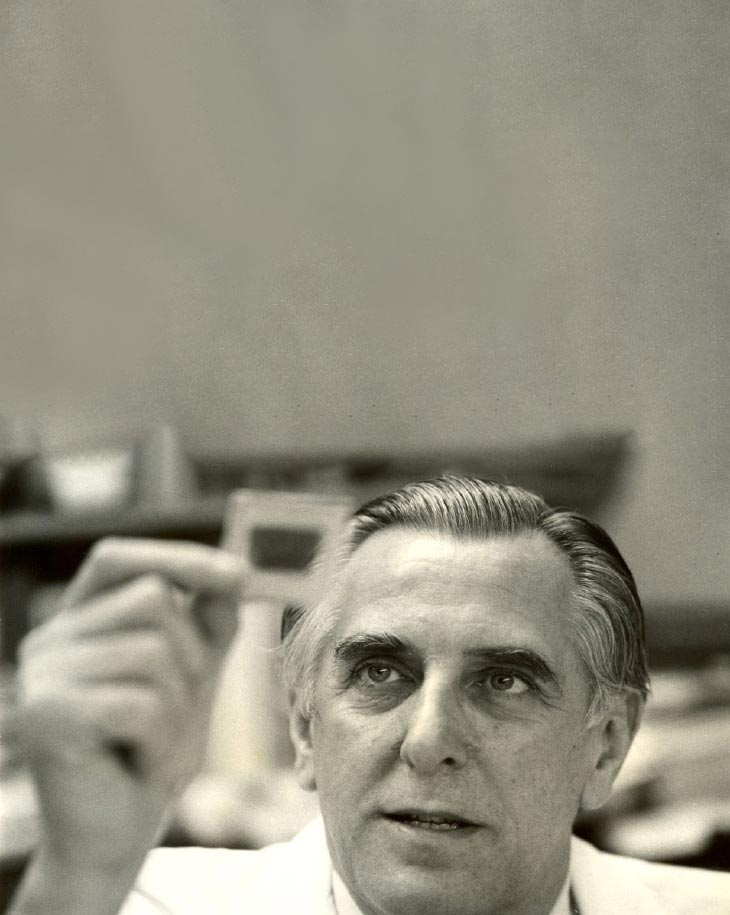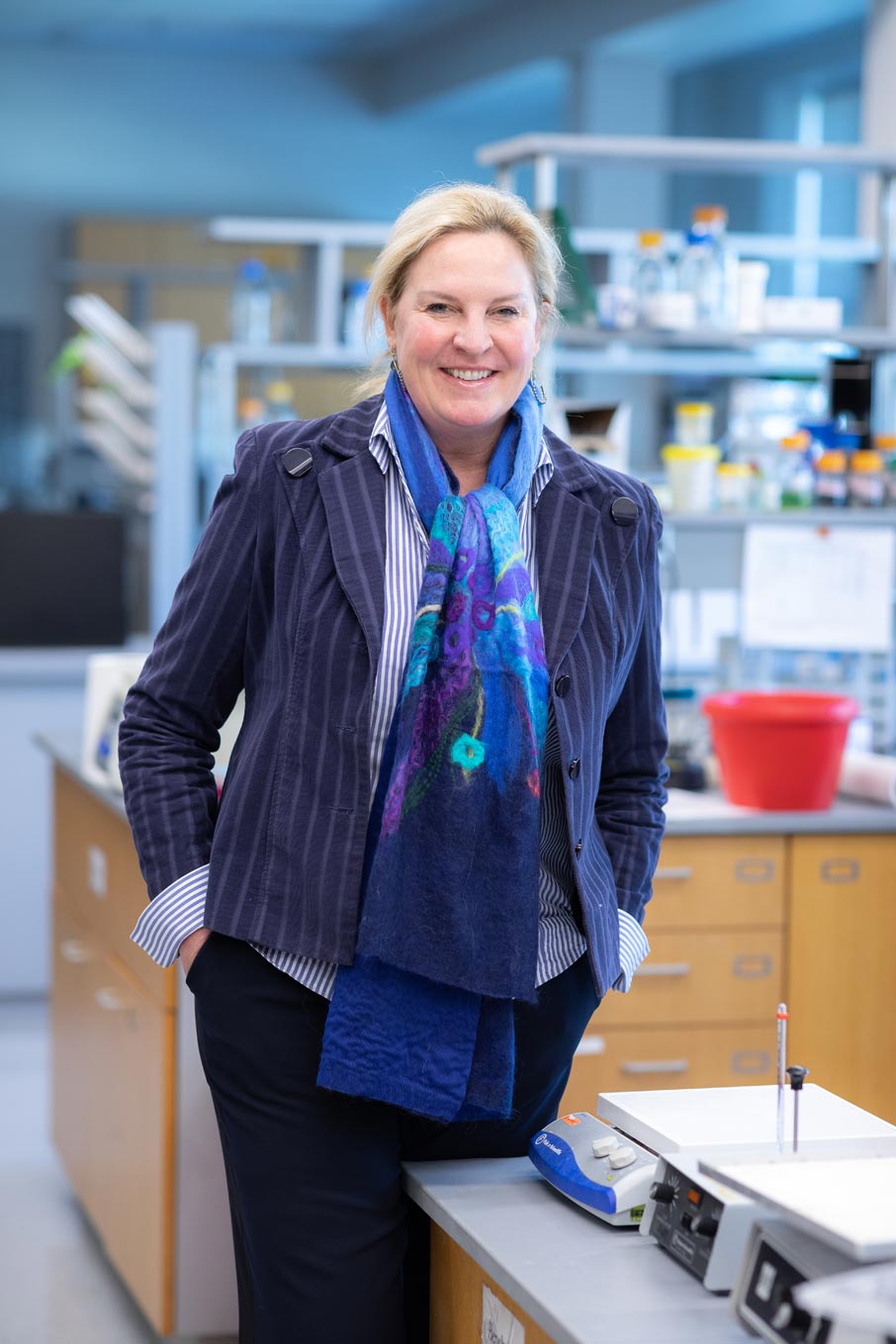For over 3000 years, cancer was considered incurable. Aging still is.
The University of Minnesota’s Cancer Institute was established in 1925—at a time when cancer was rarely mentioned in polite company―and was an early pioneer of radiation therapies.
In the decades that followed, researchers studied the relationship between smoking and lung cancer, John J. Bittner contributed to research on the genetics of breast cancer, and Lee W. Wattenberg, a pioneer in cancer prevention research, introduced the concept of chemoprophylaxis (that cruciferous vegetables like broccoli could help prevent cancer).
By 1968, Byrl James (B.J.) Kennedy (considered the founder of medical oncology) had developed the division of oncology at the University of Minnesota, and by 1972, the work of Kennedy and his colleagues resulted in the creation of medical oncology as a subspecialty of internal medicine.
In 1974, pediatric hematology/oncology was declared a subspecialty, and in 1975, John Kersey became the first doctor to cure lymphoma using bone marrow transplantation. The 1980s saw Kersey and his colleague, Tucker LeBien, make the first monoclonal antibodies that were used by laboratories around the world to study human leukemia.


Recent decades have seen the work of Dorothy Hatsukami and her colleagues in the field of nicotine addiction impact the limits of nicotine in cigarettes and help end indoor smoking.
And Jeffrey Miller’s work on natural killer (NK) cell therapy led to clinical trials like the one that helped Wanda Mau achieve remission for her advanced chronic lymphocytic leukemia that no longer responded to chemotherapy. Wanda’s doctor, Veronika Bachanova, describes how NK cell therapy mobilizes the body’s immune system to target cancer cells. Unlike chemotherapy, that kills both cancer and healthy cells, immune therapy only destroys cancer cells, reducing negative side effects.
What academic medicine does is take a mystery like cancer and turn it into a puzzle. Because a puzzle has an answer.
In the Institute of the Biology of Aging and Metabolism, director Laura Niedernhofer is leading research designed to prevent age-related diseases like cancer by approaching aging as a disease itself. What exactly happens to cause us to age? Niedernhofer’s work focuses on senescent cells, which no longer have the ability to divide and function. This has benefits when limiting cancerous growth, but created largely by environmental stress and accumulated over time, senescent cells continue to interact with the cellular environment in a way that leads to chronic inflammation, one of the main drivers of the diseases of aging. Niedernhofer’s team has developed clinical trials of senolytics, medications that target and clear senescent cells and reduce the inflammation. Looking to the future, preventing—rather than treating—the diseases of old age may allow all of us to lead longer, healthier lives.